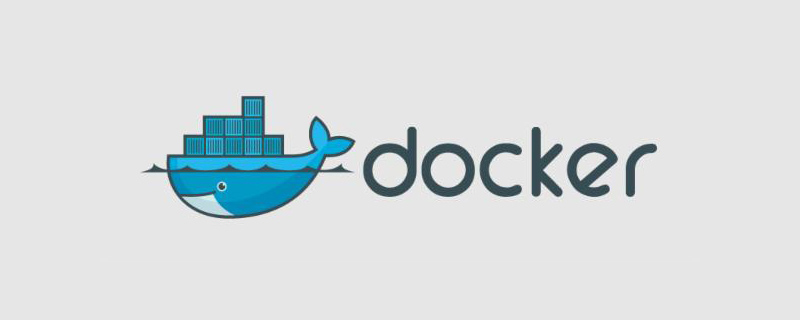Home >Operation and Maintenance >Docker >How to access MySQL in docker
How to access MySQL in docker
- angryTomOriginal
- 2020-03-19 11:16:1516674browse

How to access MySQL in docker
1. Get the mysql image
docker pull mysql:5.6
2. Start the mysql image (recommended learning: MySQL video tutorial)
docker run -itd -P mysql:5.6 bash
where docker run is the command to start the container; i is an interactive operation, t is a terminal, d refers to running in the background,
-P refers to generating a random port locally to map the 3306 port of mysql, mysql refers to running the mysql mirror, and bash refers to creating an interactive shell.
3. Check the running docker image
docker ps -a

You can see from the picture that the 3306 port of the mysql image is bound The local port 32769, so if you want to access the mysql database in docker on the LAN, you need to use the server IP: 32769 to access.
4. Connect to the mysql image
docker exec -it relaxed_hodgkin bash
docker exec is the connection command of the docker image, similar to the ssh command, relaxed_hodgkin is the name of the image, and each image Each startup must have a name, which can be manually specified or generated by yourself.
After the connection is successful, as shown below, you have entered the docker mysql image

5. Check the startup status of mysql, as shown in the above picture. mysql has not started
service mysql status
mysql has not started. You can use the following command to start
service mysql start
6. How to use root to connect to this mysql externally?
For security, you first need to set the password of the root account, as follows
use mysql; update user set authentication_string = password('root') where user = 'root';
7. Since the root execution in mysql is bound to localhost, you need to Root authorizes
GRANT ALL PRIVILEGES ON *.* TO 'root'@'%' IDENTIFIED BY 'root' WITH GRANT OPTION;
At this point, you can already connect to MySQL in docker on the host!
For more related tutorials, please pay attention to the docker tutorial column on the PHP Chinese website.
The above is the detailed content of How to access MySQL in docker. For more information, please follow other related articles on the PHP Chinese website!

